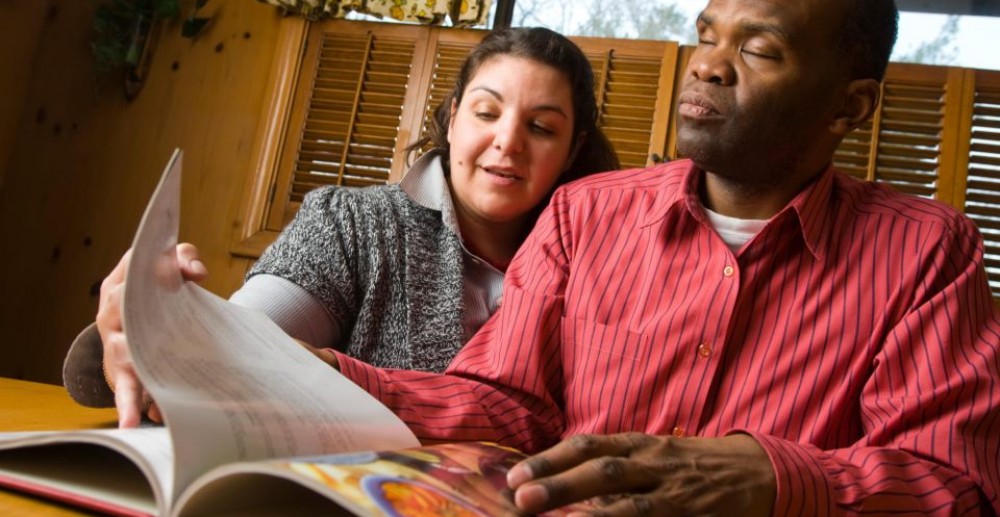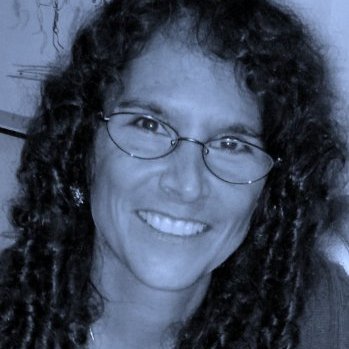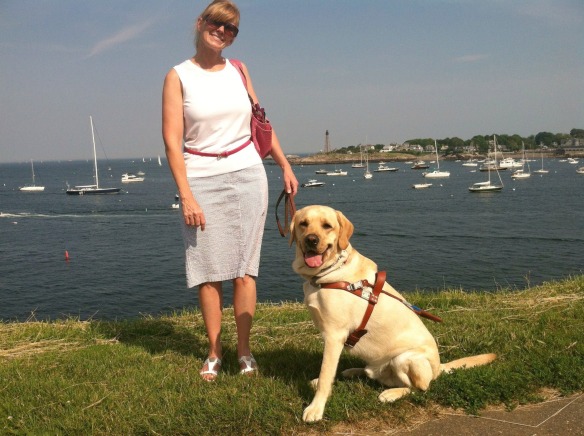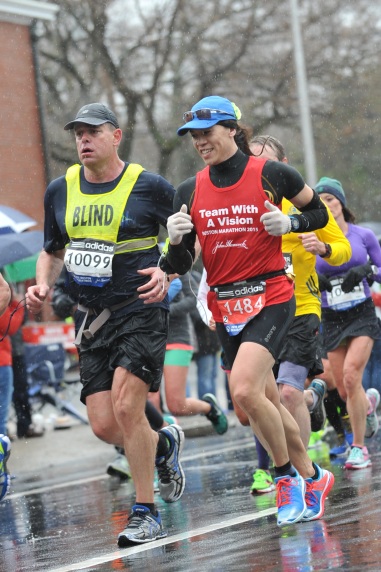Fall is here – and September 23rd is the 7th annual National Falls Prevention Awareness Day. Falls are the leading cause of injury for people over 65. As age increases, this risk unfortunately rises as well. People who are 85 and above are four times more likely to fall than those under 65. Those likely of falling tend to have a history of recent falls, have medical problems, and vision and/or hearing problems. By controlling risk factors of leg weakness, poor balance and changes in the environment, it is possible to be safer and healthier in and out of your home.
See the Massachusetts Healthy Aging Collaborative to learn more and determine if you are at risk of falling. Follow these tips to prevent a fall!
To strengthen your legs and improve your balance, you can ask your health care provider to develop an exercise program for you to practice skills like coordination, flexibility and stability training. Some great leg strengthening exercises can be done just sitting in your chair! In addition to regular exercise, good nutrition is equally important. Low blood pressure can increase the likelihood of falls. For this, you should make sure you are drinking plenty of water and eating full, balanced meals.
The one environment you have full control over is your home. Do everything you can to make it as safe as possible for you to roam around worry-free. First and foremost, try to keep clutter out. Remove items that can cause you to trip like loose rugs, boxes and phone cords, Have your furniture arranged to make navigation through rooms as easy as possible, with a clear pathway. If you tend to have trouble with stairs, start by adding railings to both sides. If you still feel unsafe, it may be worth installing a stair lift. Lastly, try to keep all regularly used items like clothing, dishes and food within reach. If something by chance falls or spills, try to have someone clean it up immediately to keep it from causing more problems later.
Most falls occur in the bathroom. To prevent this, first remove all mats on the floor and in the bathtub, or replace with nonslip safety mats. Install a clear shower curtain to increase the amount of light in the shower, and choose dark-colored towels and mats to contrast with light-colored bathroom tiles to make it easier to see.

High contrast bathroom.
An additional step you can take in decreasing the likelihood of falls is to invest in nonskid footwear. It’s also a good idea to keep a portable phone with you at all times in case of emergencies. If you do fall, stay calm. Relaxing your body will reduce the impact. Use your portable phone to call for help or 911.
In 2013, professionals, elderly folks and their family members came together in 46 states and Washington DC for National Falls Prevention Awareness Day to raise and spread awareness about preventing falls for themselves and loved ones. Follow these suggestions and make the changes necessary to stay out of harm’s way!





